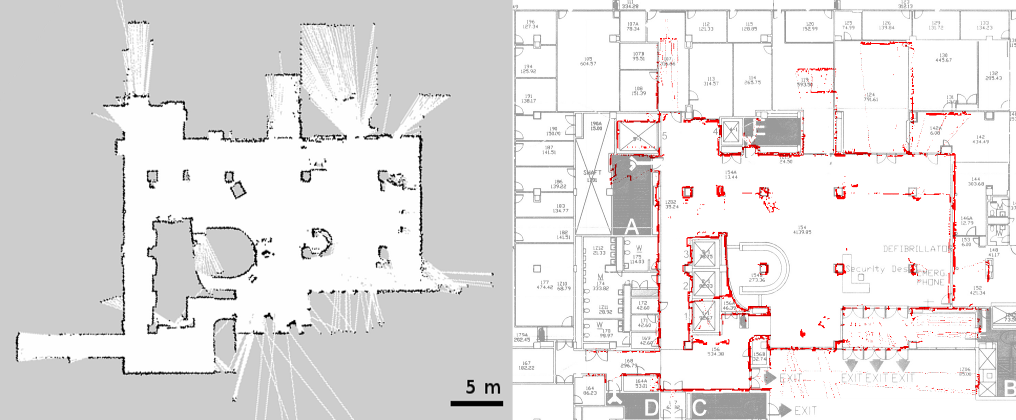How to evaluate the performance of the pose estimation of Hector_Mapping
Hello
I would like to know how to evaluate the estimated pose of the hector mapping. Im using IMU and Laser range finder as a sensor package. So, is there any method to valid/evaluate the performance of the estimated pose by hector_mapping. How to know if the estimated pose is accurate?? Any explicit or implicit method of the evaluattion of the hector_mapping pose???
Thanks




